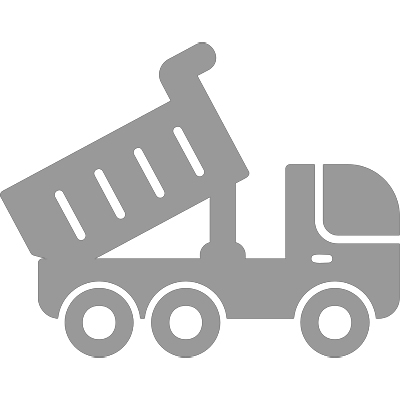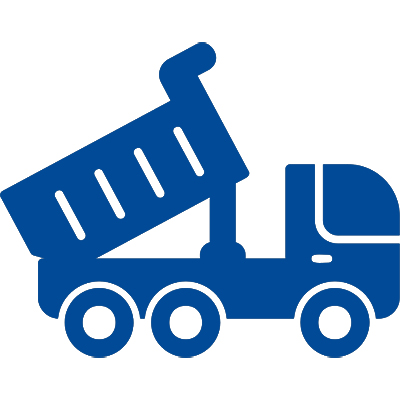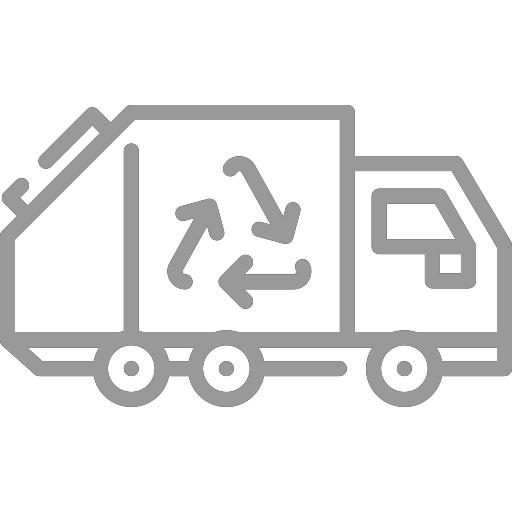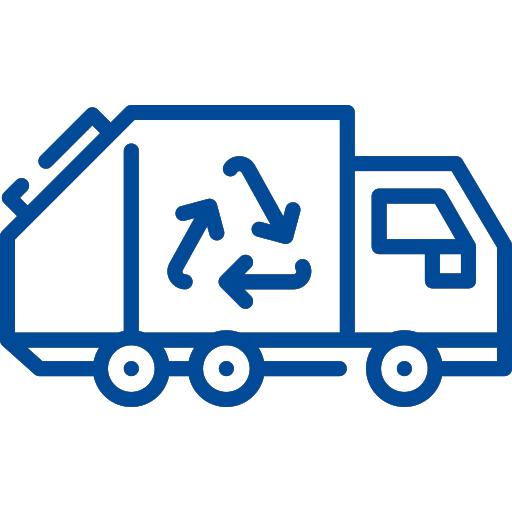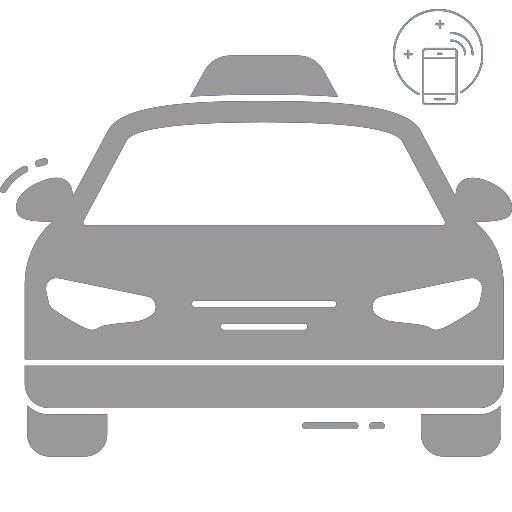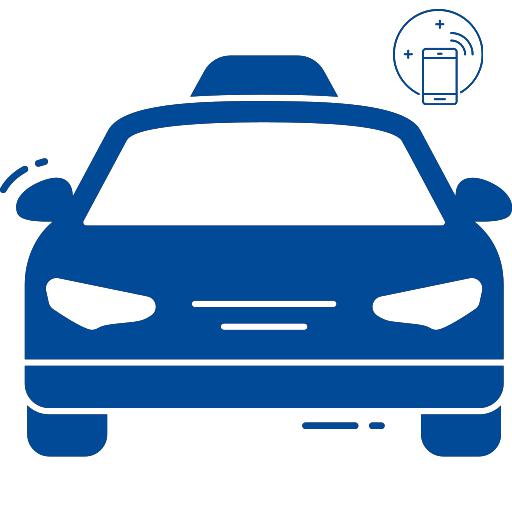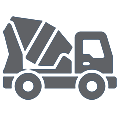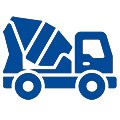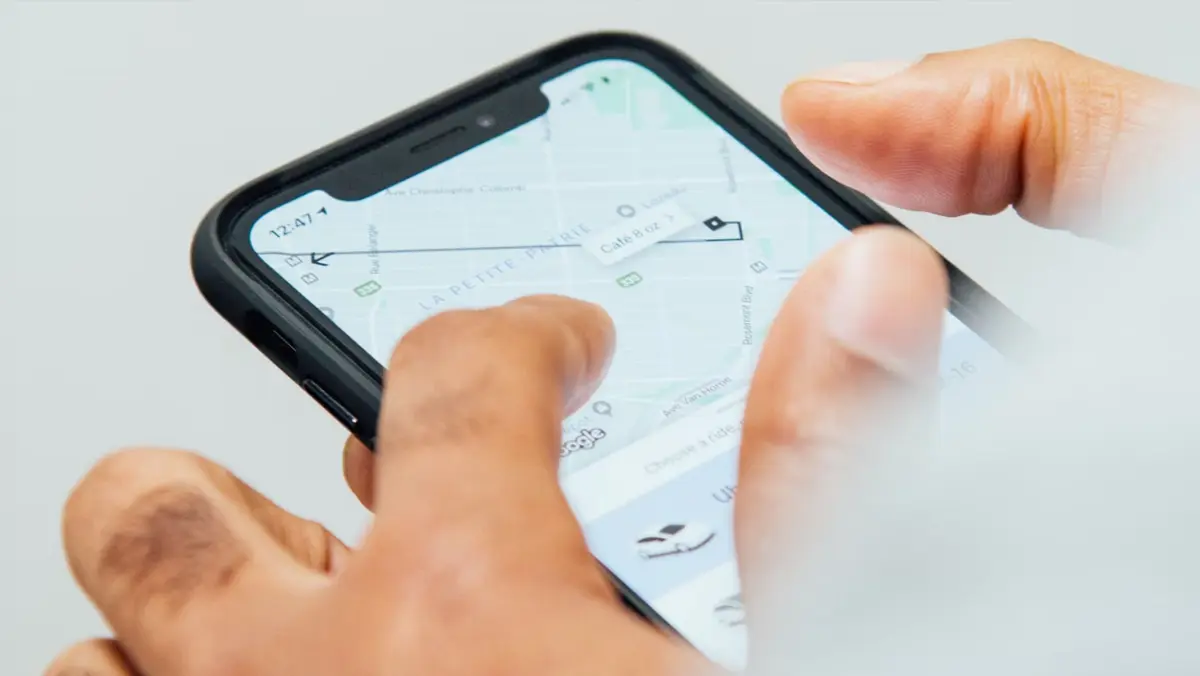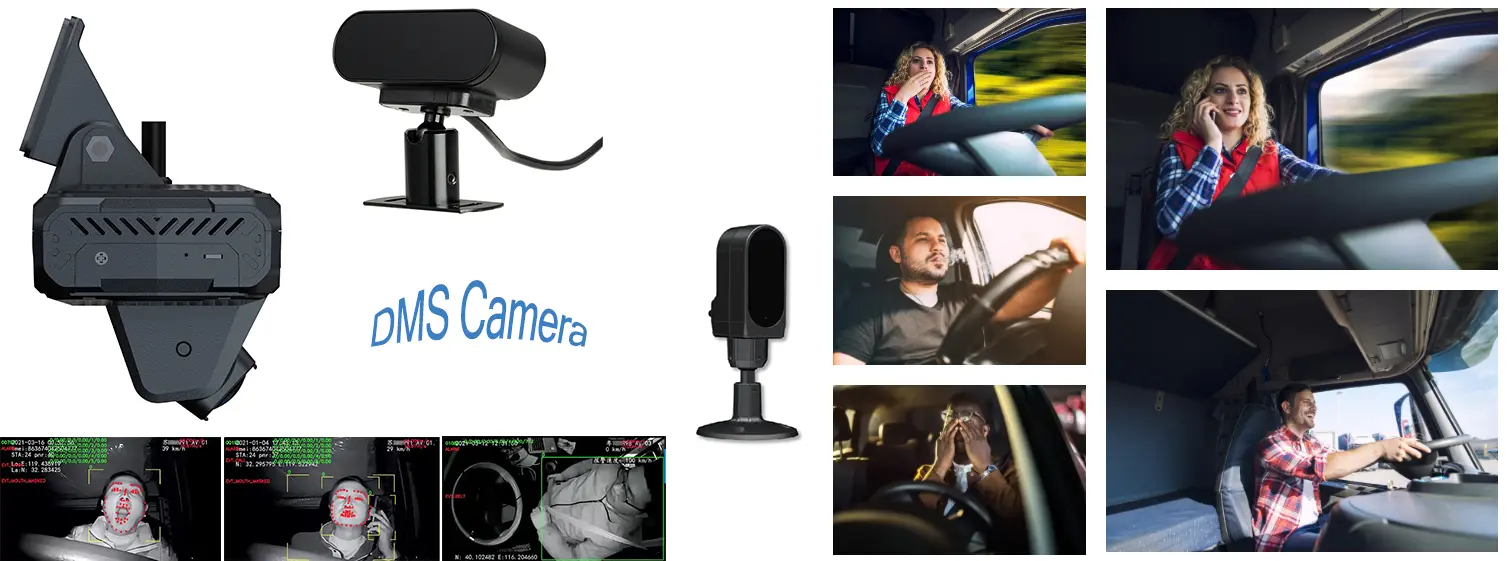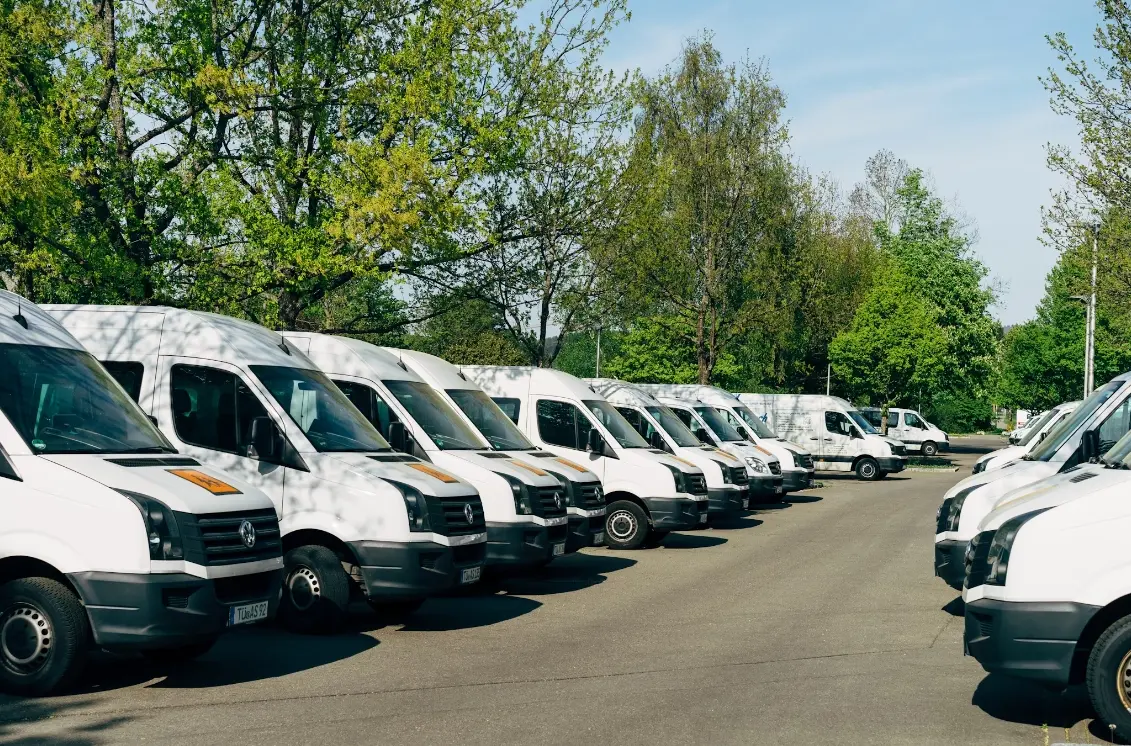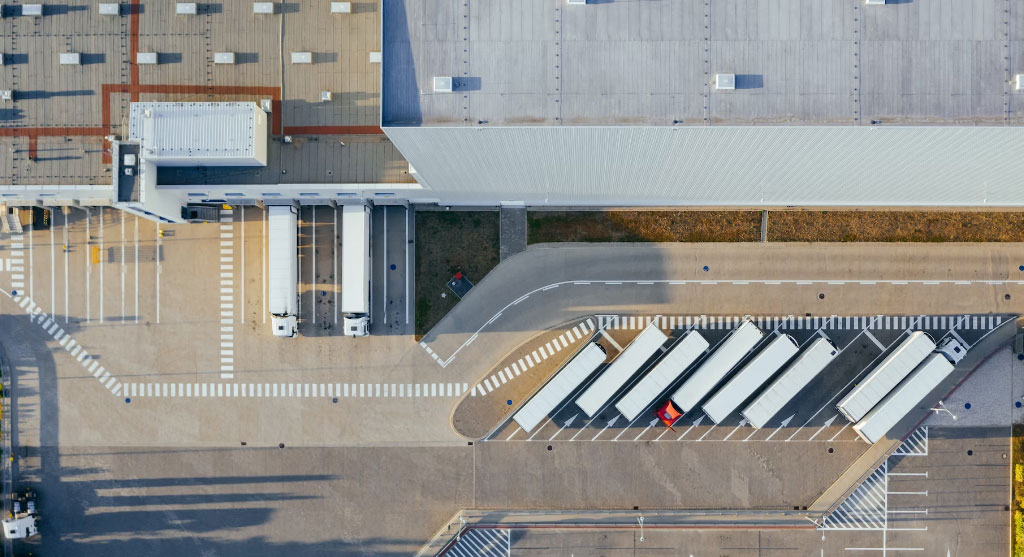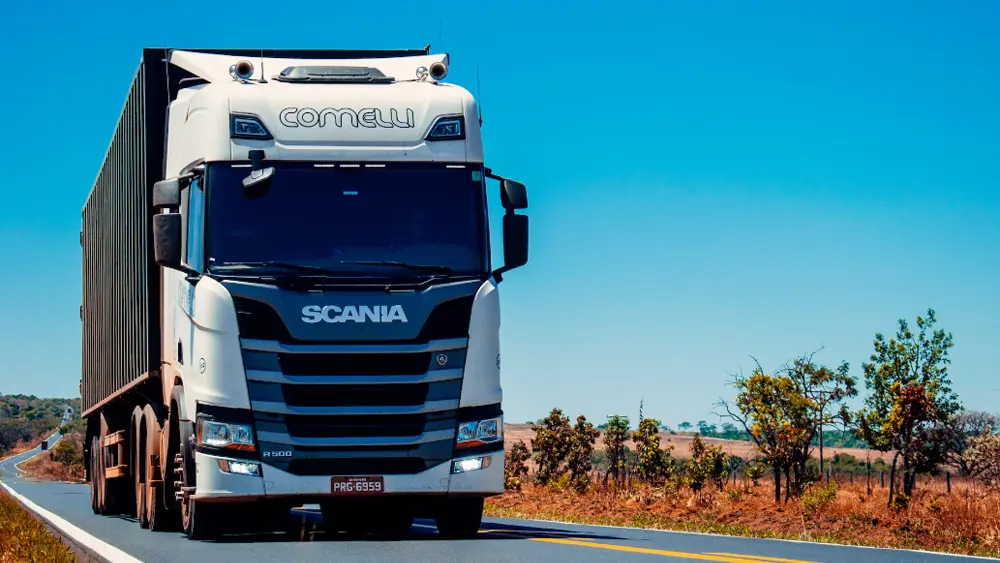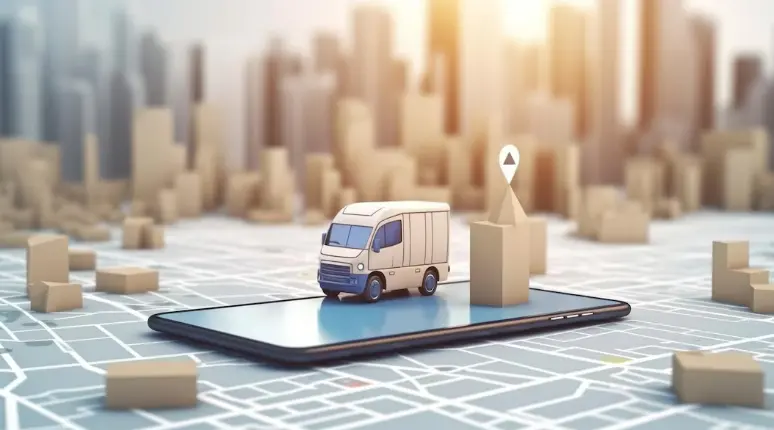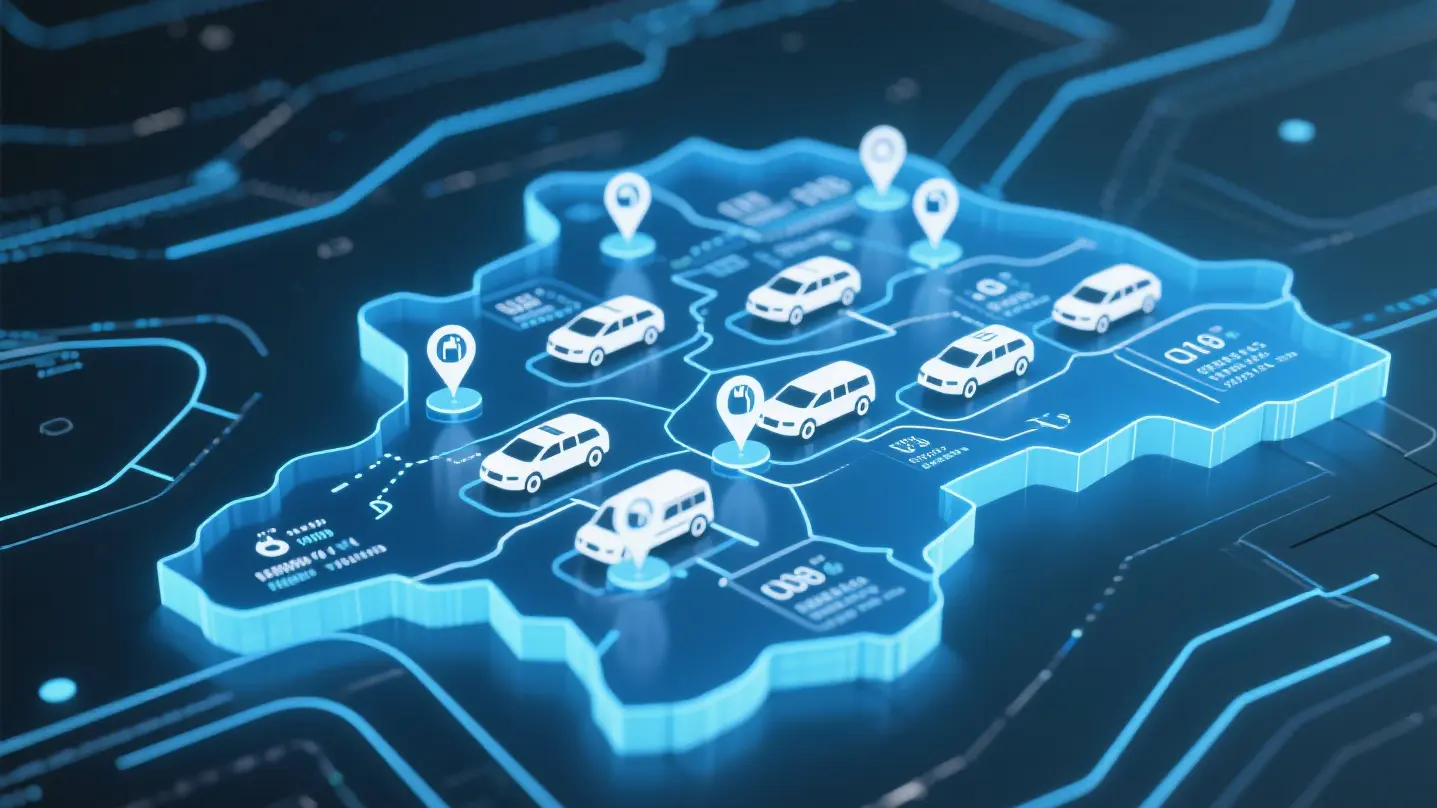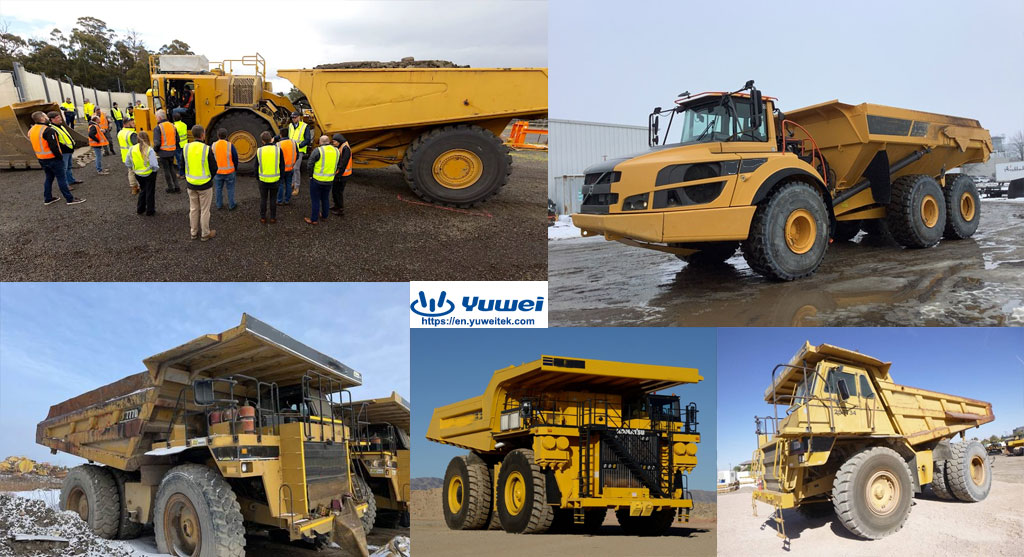Commercial Vehicle Tracking Systems
Commercial Vehicle Tracking System
In the evolution of modern logistics, efficient management of commercial vehicles is a key factor in a company’s competitiveness. Commercial vehicle tracking systems integrate advanced technologies to provide enterprises with comprehensive management solutions, significantly enhancing logistics efficiency and safety.

Components of a Commercial Vehicle Tracking System
A commercial vehicle tracking system operates through the coordination of multiple components.
Hardware Devices
1. GPS Receiver: The core positioning component that receives satellite signals to calculate the vehicle’s location, speed, and direction, providing essential data.
2. Communication Module: Transmits the vehicle data collected via GPS to the monitoring center. Commonly uses GPRS or 4G to ensure stable and timely transmission.
3. Onboard Terminal: Installed in the vehicle, it integrates the GPS receiver, communication module, storage, and alarm functions, acting as a bridge between the vehicle and the monitoring center.
Software Platform
1. Monitoring Center Software: Enables personnel to view vehicle locations and statuses, perform remote management, and analyze stored data to assist decision-making.
2. Client Software / App: Allows managers to access the system via computers or smartphones, enhancing operational flexibility and convenience.
Key Functions of a Commercial Vehicle Tracking System
These systems offer robust functionality and bring transformative changes to fleet management.
1. Real-Time Tracking and Monitoring
The system provides real-time location tracking, displaying vehicles on a digital map. Managers can view routes, speeds, and receive immediate alerts in case of anomalies, helping prevent losses.
2. Dispatching and Route Optimization
Based on real-time positioning and traffic conditions, the system optimizes vehicle dispatching. When new tasks arise, it automatically plans the best route and sends navigation instructions, reducing idle driving, saving time, and increasing efficiency.
3. Data Collection and Analysis
Mileage, fuel consumption, and other operational data are recorded and analyzed. Companies can generate reports to assess performance, optimize resource allocation, and reduce operational costs.
4. Alerts and Safety Management
Features include alerts for speeding, route deviation, and more. Drivers can issue emergency alerts, prompting rapid response from the monitoring center. The system also warns against fatigue driving, enhancing overall safety.
Which Fleets Benefit from Tracking Systems?
Commercial vehicle tracking systems have a wide range of applications.
1. Freight and Logistics
For long-distance freight, real-time cargo monitoring ensures timely delivery, efficient loading and unloading, and reduced congestion at hubs.
2. Urban Delivery
Optimized delivery routes avoid traffic congestion, reduce delivery times, and improve punctuality—especially important for last-mile delivery in e-commerce.
3. Passenger Transport
Monitors bus operations and driver behavior to ensure passenger safety. It also allows users to track vehicle locations and enables quick responses during emergencies.
Value Delivered by Vehicle Tracking Systems
These systems generate significant business value across various dimensions.
1. Increased Operational Efficiency
Route optimization reduces idle time and enhances vehicle utilization, boosting overall productivity and profitability.
2. Lower Operating Costs
Fuel consumption and maintenance data highlight cost inefficiencies, helping reduce waste and control expenses.
3. Enhanced Safety and Security
Real-time monitoring and alert functions help prevent accidents, ensure the safety of passengers and drivers, and aid in theft prevention and vehicle recovery.
4. Improved Customer Satisfaction
Faster, safer service meets customer expectations, reduces delays and losses, and enhances satisfaction—contributing to market expansion.
Fleet Management Tracking Devices
1. AI Dash Cam
2. AI MDVR
5. GPS Tracker
6. Vehicle Sensors
7. ADAS Camera
8. DMS Camera
9. 360° Reversing System
10. Waterproof Reversing Camera
12. Alarms, and more
Future Trends and Impact
Modern vehicle tracking systems are evolving with features like remote diagnostics and fuel consumption analysis, offering even broader functionality to support industry growth.
Commercial vehicle tracking systems are transforming logistics models, delivering economic and management benefits while elevating social logistics standards. In the future, they will play an even more pivotal role in advancing the industry into a smarter and more efficient era.
Email:hello@yuweitek.com















